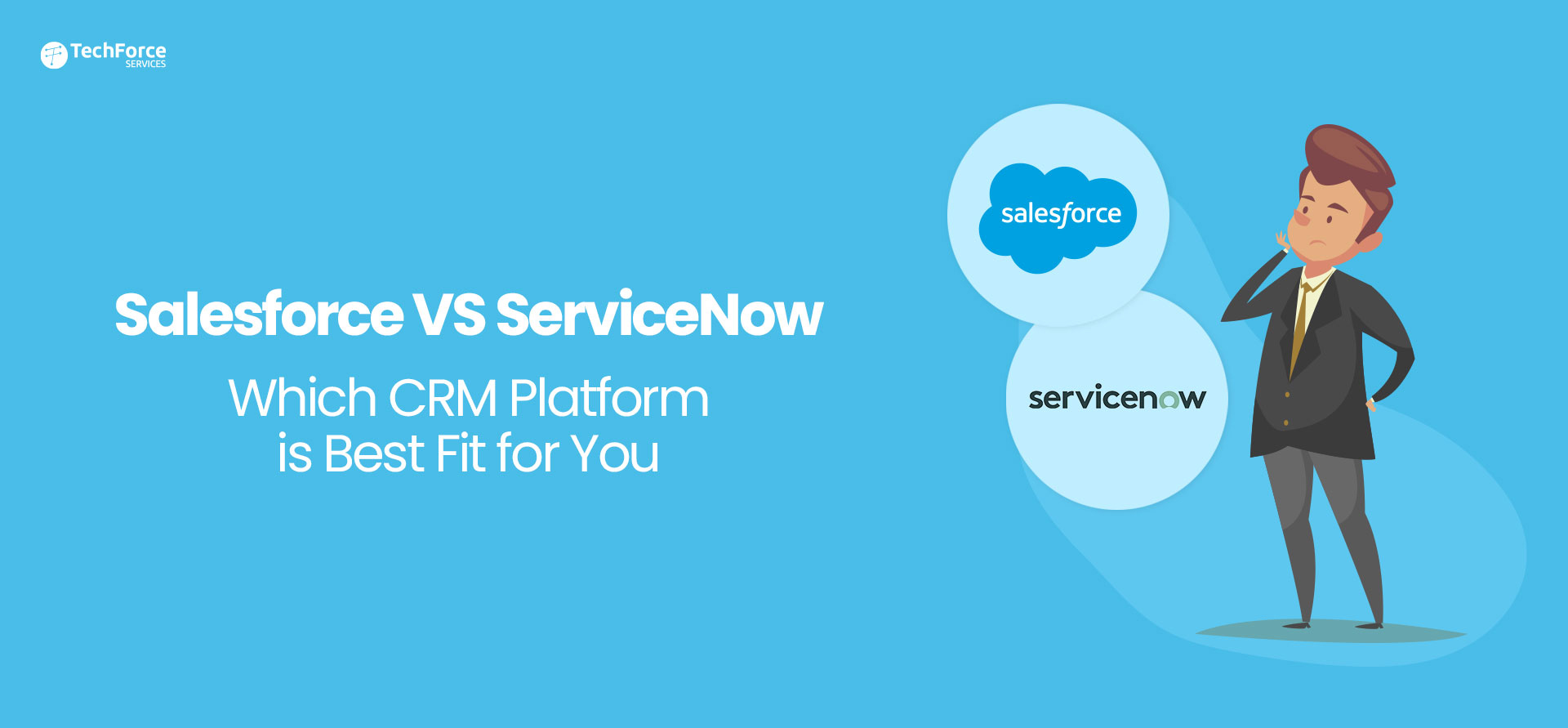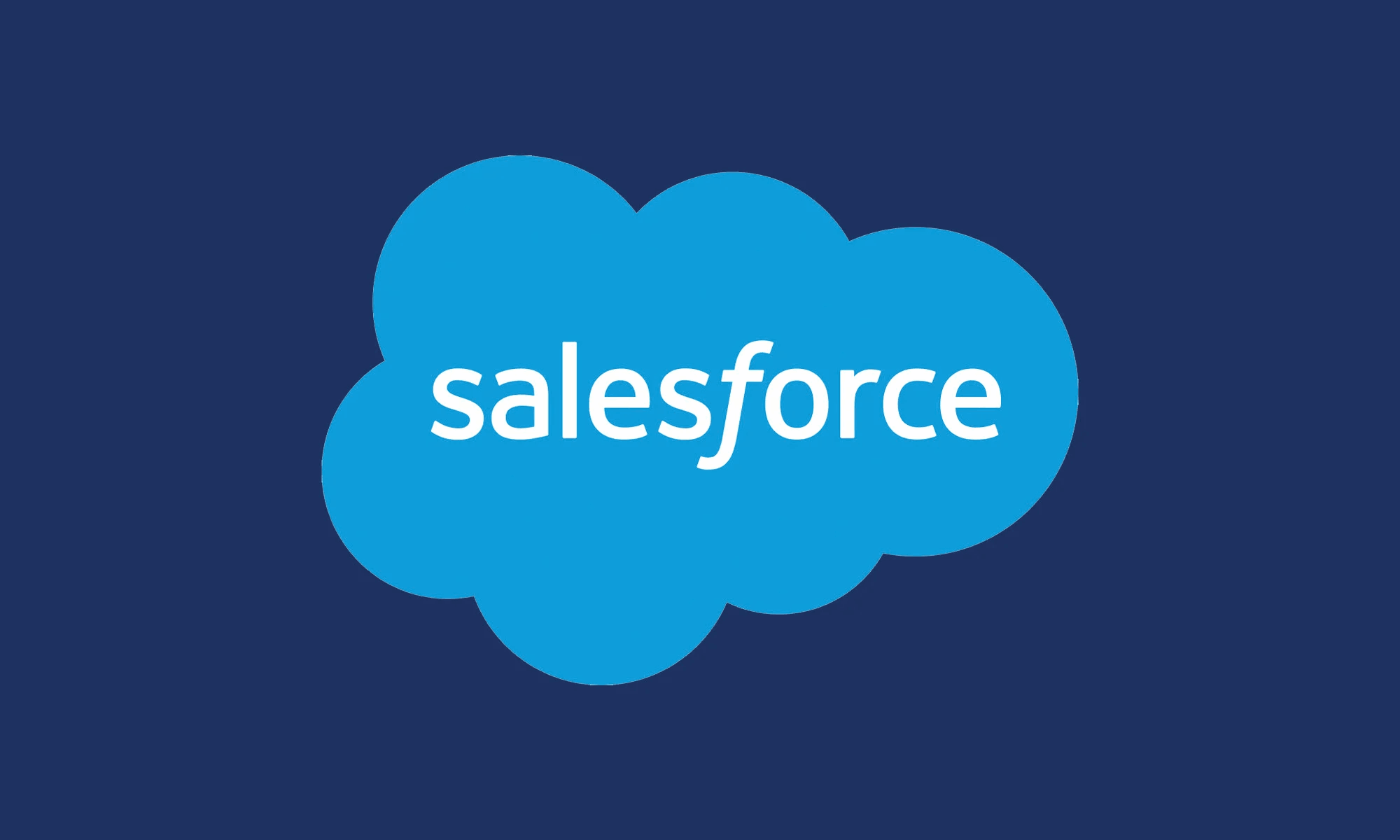It is critical to choose the best technology that fully meets present and future needs while maintaining its resilience in the face of growing customer demands and competitive market conditions.
However, there are a plethora of viable options available on the market, from recognized leaders in the field to just emerged players. The difficulty of finding the perfect fit is increased by the multitude of options.
For this reason, IT teams depend heavily on platforms like ServiceNow and Salesforce and easily incorporate them into their IT ecosystems.
On the other hand, companies that are still figuring out which systems to use frequently find themselves weighing the advantages of Salesforce vs. ServiceNow, with the help of Salesforce development knowledge.
Describe ServiceNow
One of the most popular ITSM (information technology service management) platforms is ServiceNow. For medium-sized to large-scale businesses looking to improve operational efficiencies, optimize workflows, and automate service management procedures, it is a reliable resource.
Service desk departments benefit greatly from this Software as a Service (SaaS) platform, which helps them monitor, evaluate, and fix customer-related problems. The ServiceNow platform, akin to Salesforce, provides an all-inclusive software solution with a variety of modules designed to meet the requirements of different business departments, such as IT, Customer Service, HR, Development, Security, and more.
Organizations may automate and optimize their internal IT processes with ServiceNow.
Businesses use ServiceNow because of its extensive feature set, scalability, and ability to provide precise control. Please look through our solutions for a list of systems we can help you integrate with ServiceNow outside of Salesforce.
Also read : Benefits of service now
ServiceNow Features
The goal of ServiceNow’s IT Business Management (ITBM) function is to provide complete transparency over the application portfolio and ongoing projects of the organization. This promotes scalable growth by giving reaction teams the authority to proactively plan the organization’s future activities.
ServiceNow’s extensive security capabilities enable IT teams to plan and coordinate critical tasks including data security, configuration compliance, threat investigations, and prompt incident responses.
For both team members and customers, the HR feature improves communication and raises end-user happiness.
Teams can create, oversee, and deploy their apps more quickly thanks to ServiceNow’s Application Development features.
By facilitating smooth communication between staff members and departments, the Customer Service Portal removes data gaps and bottlenecks. This in turn raises end-user satisfaction levels by increasing productivity, speeding up workflows, and resolving issues more quickly.
Tell me about Salesforce.
Salesforce is one of the most reputable and in-demand CRM systems, having been developed and improved over the years.
Salesforce, in conjunction with proficient Salesforce developers and Salesforce development, serves a wide range of clients, from start-ups to large multinational corporations. It enables customer support departments to effectively handle and automate customer correspondence through various channels, such as phone, chat, social media, website forms, and more.
Salesforce gives customer care representatives a thorough understanding of the whole customer journey by storing enormous amounts of client data and the details that go along with it.
With this depth of knowledge, they are able to provide outstanding services that are customized for every individual client.
Salesforce’s characteristics
Module Sales
This essential Salesforce feature, enabled by a proficient Salesforce development business and their employed Salesforce developers, enables the organization’s sales force. Strong tools are provided to effectively maintain the client database and spot possible business prospects. Billing, contacts, and orders are all automatically automated, greatly improving the sales department’s productivity and maximizing its results.
Module on Marketing
The Marketing Module in Salesforce facilitates quick cross-channel engagement with current and potential customers. The skilled marketing staff can effectively organize, oversee, and even customize their interactions with every consumer, developing a client-focused strategy that fosters loyalty and trust. The client-business interactions are further strengthened and elevated to new levels by the integrated data management capability.
Module on Commerce
By personalizing communication across several touchpoint channels, the sales staff can proactively engage with clients thanks to breakthrough AI capabilities within the Salesforce platform. Positive results are produced and customer relations are improved by this adjustment.
Module of Service Cloud
This crucial element consists of a self-service portal where queries from customers are promptly answered because of the large Salesforce community. It is evidence of how well a Salesforce development business can provide solutions for efficient customer service.
Salesforce vs. ServiceNow: Similarities
Although ServiceNow and Salesforce are in different software categories—CRM and IT Service Management (ITSM), for example—they share a number of significant commonalities.
Both ServiceNow and Salesforce have capabilities that allow them to perform as CRM and sales systems, respectively.
These technologies are essential to businesses because they help them improve team productivity overall, reduce costs in several areas, and streamline internal procedures.
They provide a thorough understanding of the full client journey. The vast amount of data that ServiceNow and Salesforce have amassed enables several departments, including as sales, customer support, and IT, to create customized approaches for interacting with end users.
This strengthens the bond between companies and their customers by enabling prompt answers to inquiries and resolution of problems. It also makes it easier to attract new leads faster than anticipated, thanks to the knowledge and experience of Salesforce development businesses.
Salesforce vs. ServiceNow: Differentiating Features
The key functions of Salesforce and ServiceNow are where they diverge the most. As a complete CRM solution, Salesforce functions, but ServiceNow is primarily focused on managing IT back-end activities.
Salesforce is a customer-focused solution that is made to make it easier for marketing and sales teams to communicate with both current and potential customers through a variety of channels. Personalized client communications are made possible by the platform’s ability to collect, retain, and organize vital personal data and map out the complete customer experience from first contact to retention.
On the other hand, ServiceNow prioritizes streamlining internal processes. Businesses save time and money by automating and optimizing these procedures, which boosts overall productivity and makes it possible to handle client-related problems.
The platform connects with various applications that sales, service desk, and sales teams use with ease, allowing workloads to be streamlined and teams to focus on providing great customer experiences.
Also read : 5 reasons to choose service now ?
Conclusion
The primary differences between ServiceNow and Salesforce are in their functionality. Salesforce is an excellent customer-focused CRM system that focuses on sales and marketing communication and offers a comprehensive picture of the customer lifecycle.
ServiceNow is primarily concerned with increasing productivity, streamlining client-related issues, and optimizing internal operations and IT management. Because of these distinctions, ServiceNow streamlines internal procedures while Salesforce focuses on client connection, making both ideal for different business needs.




